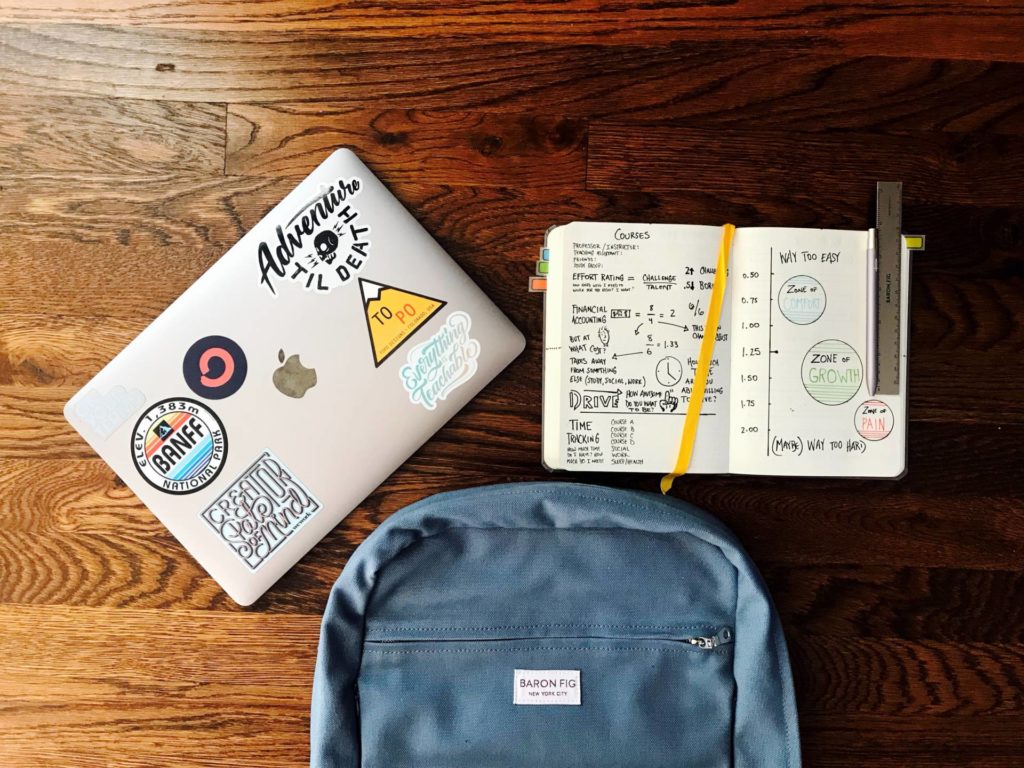Preparing for a Positive Back-to-School Experience
As kids are inundated with back-to-school messages, their anxiety may start to increase. How can parents help?
Aug 04, 2021
While many students are excited about the long-awaited return to in-person learning and the social interactions it brings, you may have a child or teenager who's feeling anxious about heading back into a classroom setting after constant family togetherness. And it makes sense.

For nearly 18 months, our homes have been the epicenter of all life's activities. For our children, this has meant turning kitchen tables into school desks and missing out on sharing key celebratory milestones like birthdays and graduations. Throughout this disruption, kids have also been living with the fear of illness, death, and general uncertainty, which has led to an increase in anxiety, says Dr. Kenneth Tellerman, chairman of the Committee on Emotional Health for the Maryland chapter of the American Academy of Pediatrics (AAP). Now, with the looming return to in-person learning, our children are wondering: Do I have to go back? What if I'm not ready to go back?
“This anticipation of making the jump back to normalcy is the trigger I'm seeing right now, which is different from what I saw a year ago," Dr. Tellerman says.
He is also seeing an increase in regressive behavior and separation anxiety among pre-school- and elementary school-aged children, which manifests in the following ways:
- Following parents from room to room
- Not wanting parents to leave the house, even if to just go outside to the mailbox
- Wanting to join their parents in bed at night
Reading the signs
No matter your child's age, Dr. Tellerman reinforces the bedrock of mental health: adequate sleep, appropriate nutrition, and exercise. Ensuring these three critical behaviors on a consistent basis may help mitigate the effects of anxiety, stress, or depression.
He recommends keeping a look-out for any of the following red flags, and to connect with your child's pediatrician as the first line of support.
Red flags in children
- Sleep disturbances often in the form of nightmares
- Irritability
- Frequent meltdowns
- Headaches
- Belly pains
- Separation issues
Red flags in adolescents and teens
- Sleep disturbances often in the form of insomnia
- Eating disorders
- Social withdrawal
- Self-harm
- Substance abuse
Preparing for the transition
As kids are inundated with back-to-school messages, their anxiety may start to increase. How can parents help?
In addition to watching out for any physical, emotional, and behavioral changes, Dr. Tellerman suggests refocusing your child's attention and energy with out-of-the-house activities and socializing with peers.
He also recommends reintroducing structure and routine back in your child's day such as set mealtimes and bedtime.
Particularly for children experiencing separation anxiety, flexibility in the transition back to full-time, in-person school will be critical to their successful adjustment after a year of perpetual change.
Tapping into resources

As school administrators and educators around the country continue moving forward with plans to offer in-person learning five days a week, many are heeding the AAP's advice to adopt an all-encompassing approach for mental health support.
“Mental health is our number one priority," says Penny Kapanika, assistant principal for student affairs at the Academy of Mount St. Ursula in the Bronx, New York.
Kapanika as seen first-hand a heightened awareness and investment in resources and tools to support the socio-emotional health of students, an unanticipated upside of the pandemic.
While resources vary from school to school, they include:
- Onsite counselors and mental health professionals available to meet with students during the school day
- Anonymous, text-based help lines that give students a private and safe way to communicate they need support
- Access to telehealth and digital mental health tools
- Peer support programs
Not sure which resources are right for your child?
Kapanika recommends connecting with your child's teacher or guidance counselor as a starting point. “Teachers [and counselors] have a finger on the pulse of what's happening with our kids," she states.
Despite our best efforts, there may instances where kids are just resistant to going back to school. Professional therapists can work with you and your child to explore deeper issues and develop coping strategies that make sense. For additional resources or to find a pediatrician, psychologist, or psychiatrist near you, visit the AAP's Healthy Children, or the Child Mind Institute.








